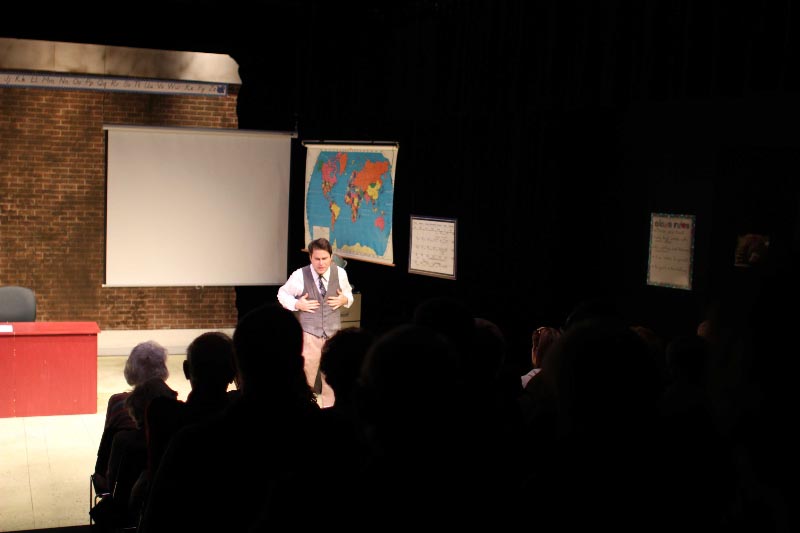Campus greenhouse serves as learning tool for students
April 8, 2016
A variety of plants and bugs call the H.F. Thut Greenhouse, the large clear structure beside the Life Sciences building, their home on campus.
Built in 1962, the Greenhouse serves as the biology department’s botanical conservatory and is a facility for growing plants to use for research and classroom instruction.
The creation of the greenhouse has a colorful and unorthodox history, similar to the plants.
Dr. Hiram F. Thut, the greenhouse’s designer, knew the university would be cutting the budget in half so he designed the greenhouse to be twice it’s original size.
After the budget was cut, Thut was able to get the size he actually wanted.
The plants in the greenhouse range from Venus Fly Traps to regular house-plants.
Steven Malehorn, manager of the Thut greenhouse, said the most popular and unique plant in the greenhouse is the Titan Arum, or Corpse Flower.
“The Thut Greenhouse is the most noteworthy and (is) remembered as the place where the corpse flower is kept,” Malehorn said. “What’s special about this plant is that it blooms and opens up overnight.”
Malehorn said people do not have to be a biology student to get a whiff of the tremendously large corpse flower.
“When it blooms, it smells like rotting meat, you can literally smell it from a mile away,” Malehorn said.
In cultivation, the corpse flower generally requires 7 to 10 years of vegetative growth before blooming for the first time. After its initial blooming, it is difficult to predict the next time the plant will bloom.
Some plants may not bloom again for another seven to 10 years while others may bloom every two to three years.
The Greenhouse offers Biology students a science-based understanding and helps them develop an appreciation of the plants.
Students can benefit from the botanical resources and the body of knowledge about the plants while professors can enjoy the increased opportunities for teaching and research.
Some people might overlook all of the hard work that goes into keeping up a greenhouse.
Malehorn said love and care for the plants is needed to keep the greenhouse in its best shape as well as a lot of weeding and watering.
“In the spring, I plant the basic annuals,” Malehorn said. “I get a variety of plants each year, most are perennials and grow year after year.”
Planting in the greenhouse never stops as it is necessary for the greenhouse to be able to offer all of the plants.
The Greenhouse also contains the Dawn Redwood plant, which was originally thought to be extinct. This plant was only found in fossil record until the 1940s.
A small grove of the plants, were discovered in China and then were planted around the world.
Fortunately, the greenhouse features many of these Dawn Redwoods along with other Native Plants.
Raquael Logan can be reached at 581-2812 or rrlogan@eiu.edu

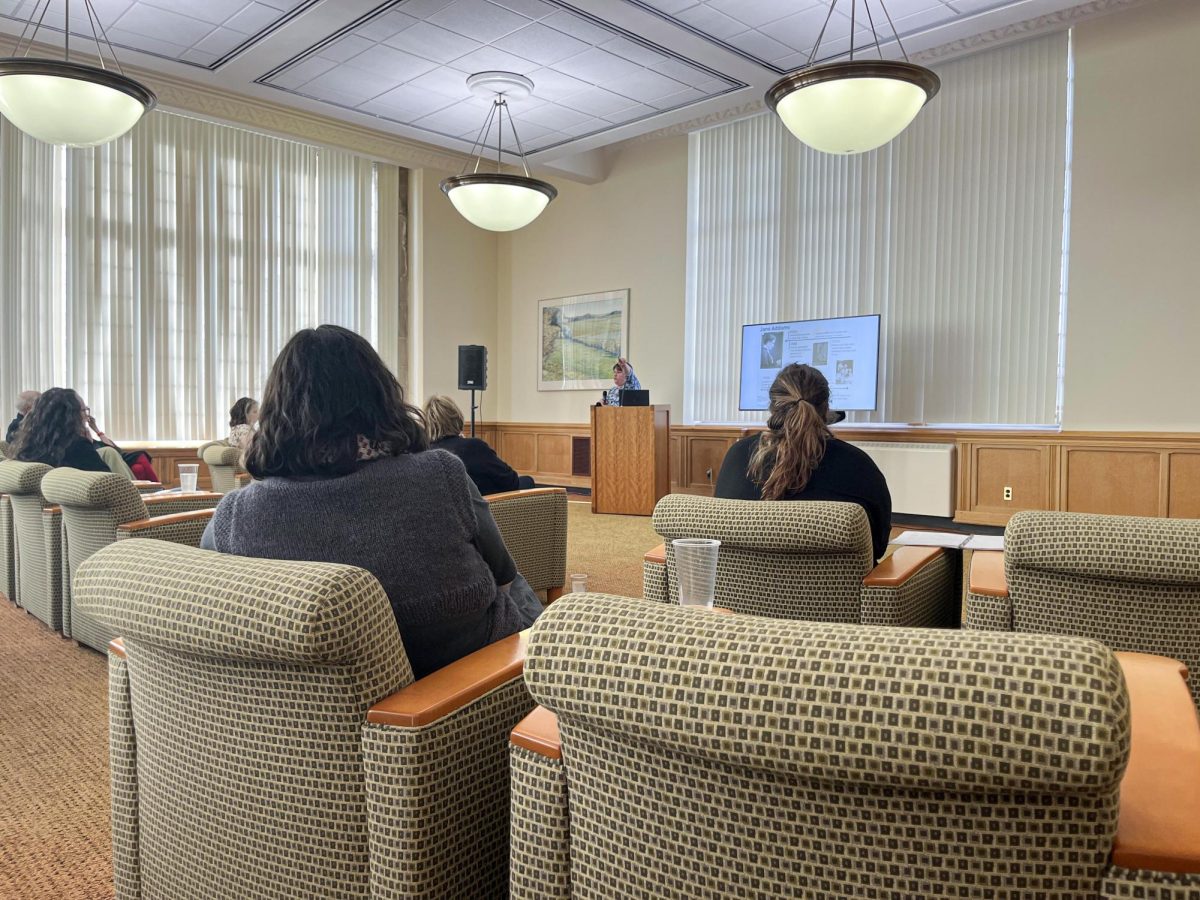


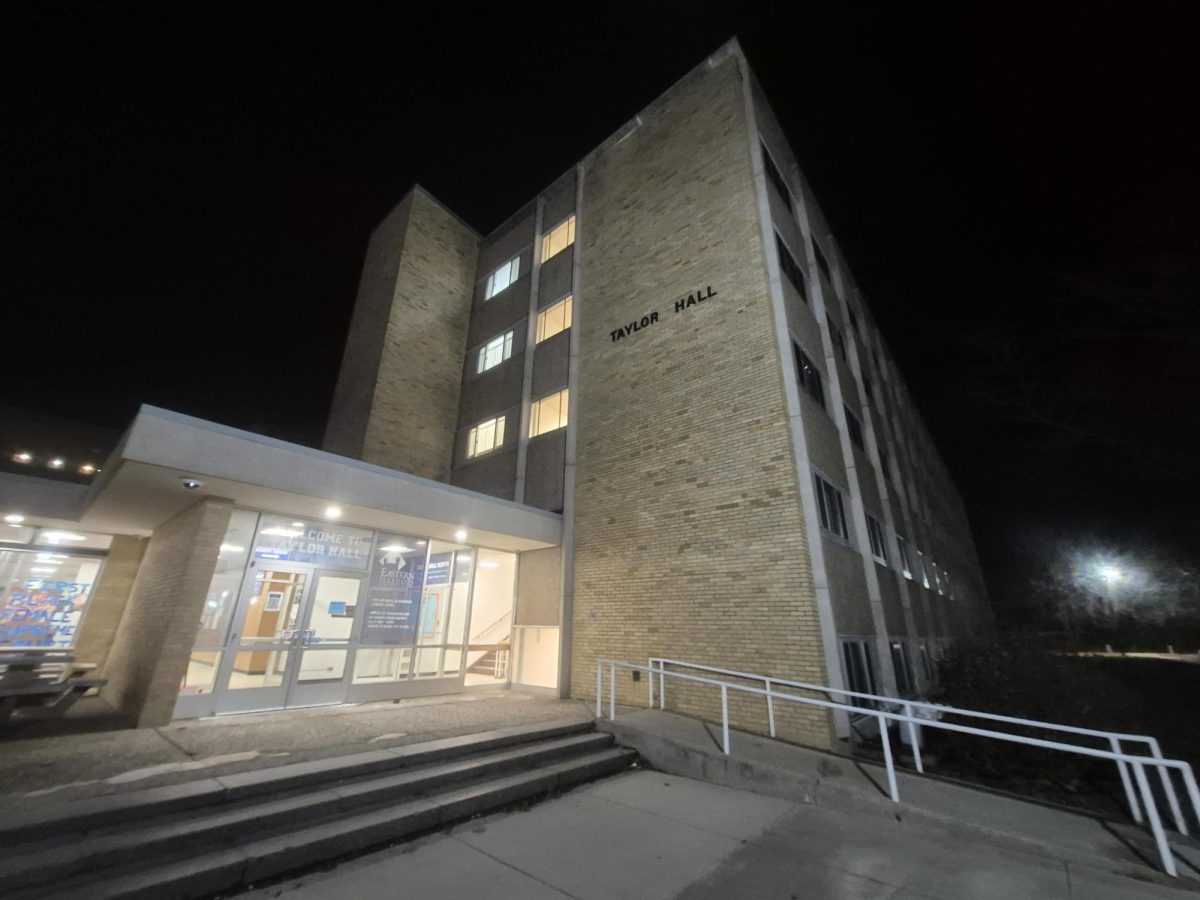
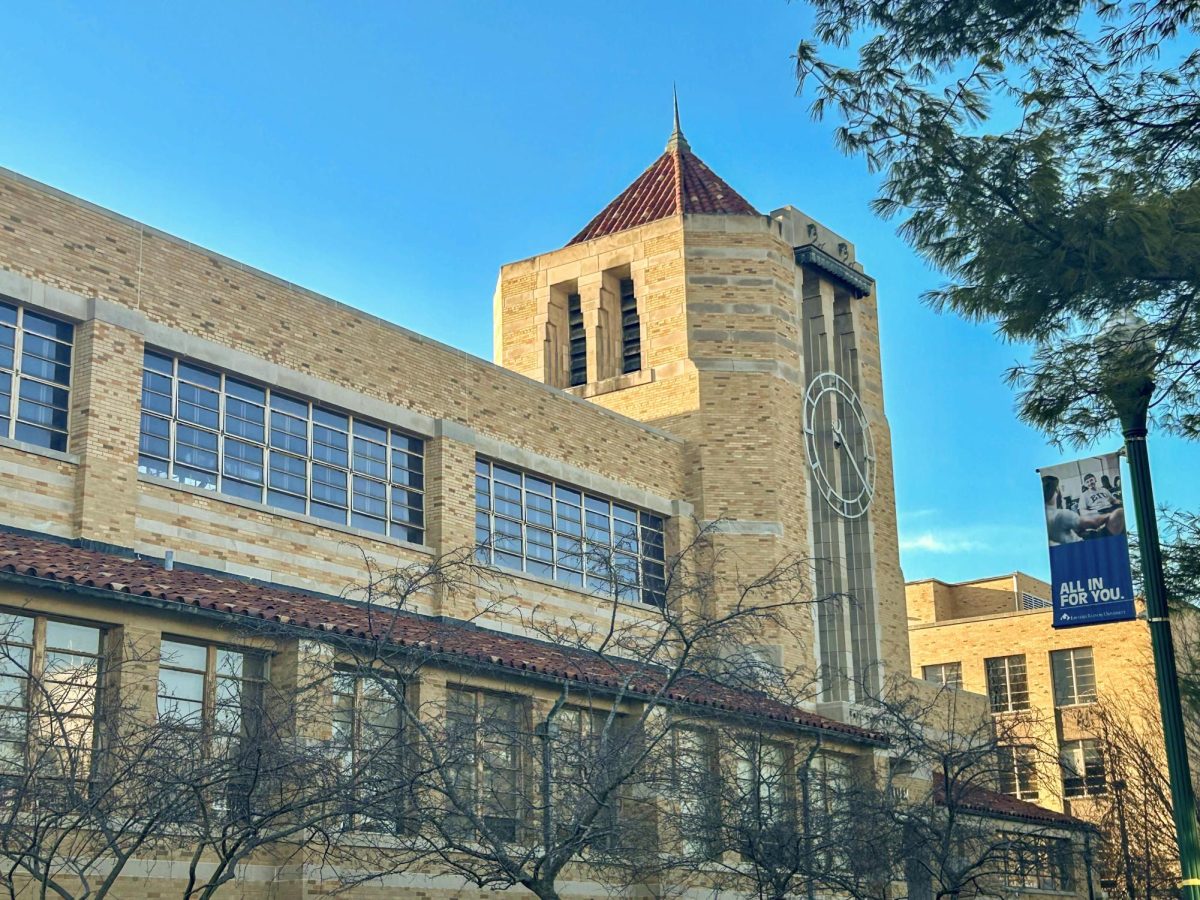
![[Thumbnail Edition] Eastern Illinois University baseball's hitting coach and recruiting coordinator Mike Pugliese urges players on the team to increase their effort after a slow start to its pregame routine at the team's first intrasquad scrimmage of the season at O'Brien Field on Jan. 31, 2025.](https://www.dailyeasternnews.com/wp-content/uploads/2025/03/BB_02_O-1-e1741909628540-1200x702.jpg)
![[Thumbnail Edition] Senior tennis player Luisa Renovales Salazar hits the tennis ball with her racket at the Darling Courts at the Eastern Illinois University campus in Charleston, ILL.](https://www.dailyeasternnews.com/wp-content/uploads/2025/03/Tennis_01_O-1-e1741807434552-1200x670.jpg)


![[Thumbnail Edition] Senior right-handed pitcher Tyler Conklin pitching in the Eastern Illinois University baseball team's intrasquad scrimmage at O'Brien Field in Charleston, Illinois on Jan. 31.](https://www.dailyeasternnews.com/wp-content/uploads/2025/03/TC_01_O-e1741567955534-1200x669.jpg)






![[Thumbnail Edition] Senior, forward Macy McGlone finds an open teammate to pass the ball too during the game against the Tennessee State Tigers 69-49, in Groniger Arena on the Eastern Illinois University campus, Charleston Ill.](https://www.dailyeasternnews.com/wp-content/uploads/2025/03/WBB_02_O-1-e1741228987440-1200x692.jpg)


















![E[Thumbnail Edition] Eastern Illinois softball freshman utility player Abbi Hatton deciding to throw the softball to home plate in a fielding drill during softball practice at the field house in Groniger arena on Tuesday Feb. 11.](https://www.dailyeasternnews.com/wp-content/uploads/2025/03/SB_03_O-e1741208880750-1-e1741209739187-1200x815.jpg)


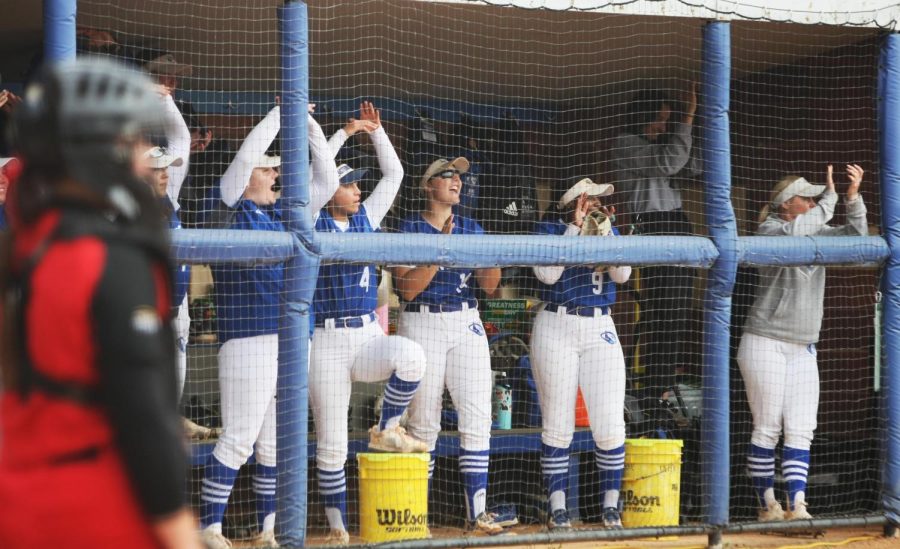













![The Weeklings lead guitarist John Merjave [Left] and guitarist Bob Burger [Right] perform "I Am the Walrus" at The Weeklings Beatles Bash concert in the Dvorak Concert Hall on Saturday.](https://www.dailyeasternnews.com/wp-content/uploads/2025/03/WL_01_O-1200x900.jpg)
![The team listens as its captain Patience Cox [Number 25] lectures to them about what's appropriate to talk about through practice during "The Wolves" on Thursday, March 6, in the Black Box Theatre in the Doudna Fine Arts Center in Charleston, Ill.](https://www.dailyeasternnews.com/wp-content/uploads/2025/03/WolvesPre-12-1200x800.jpg)


